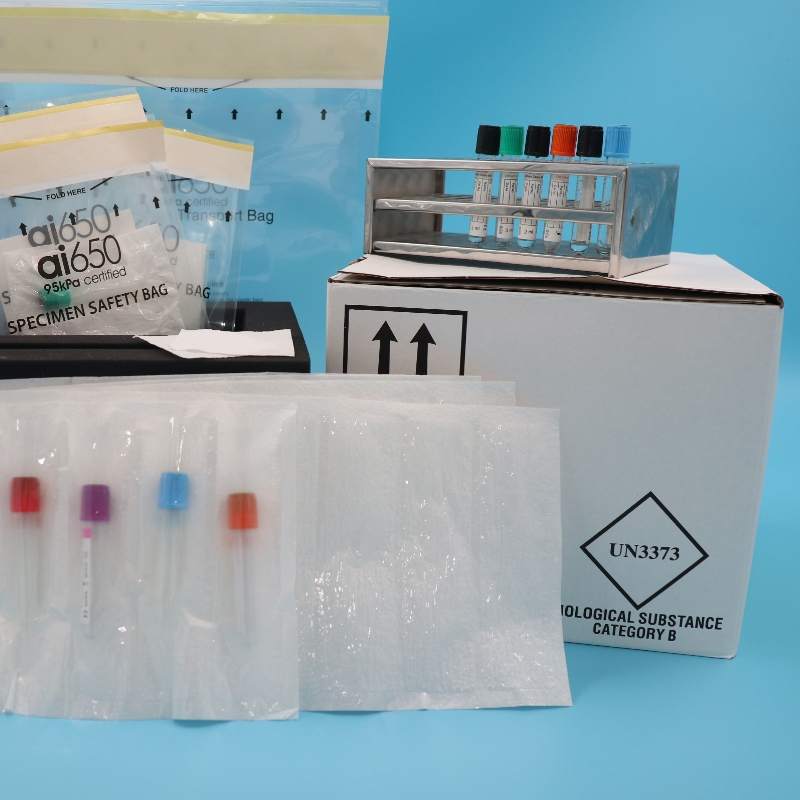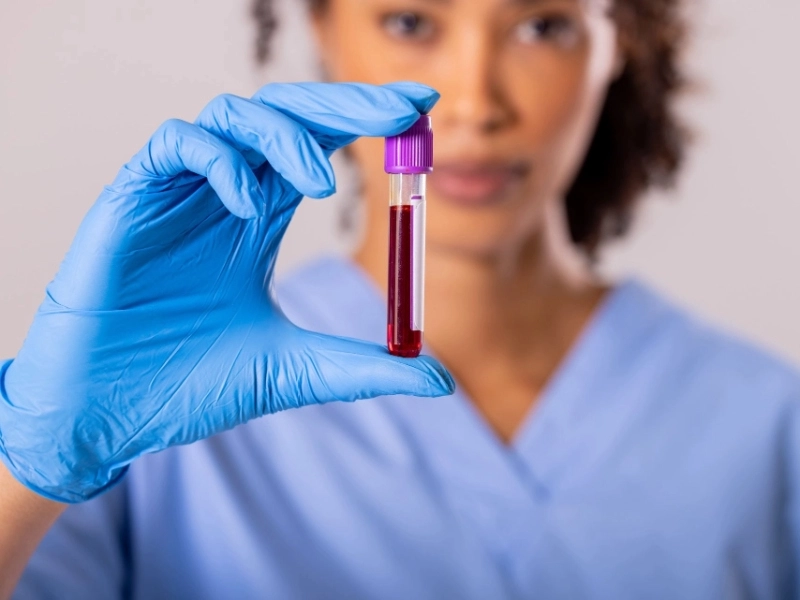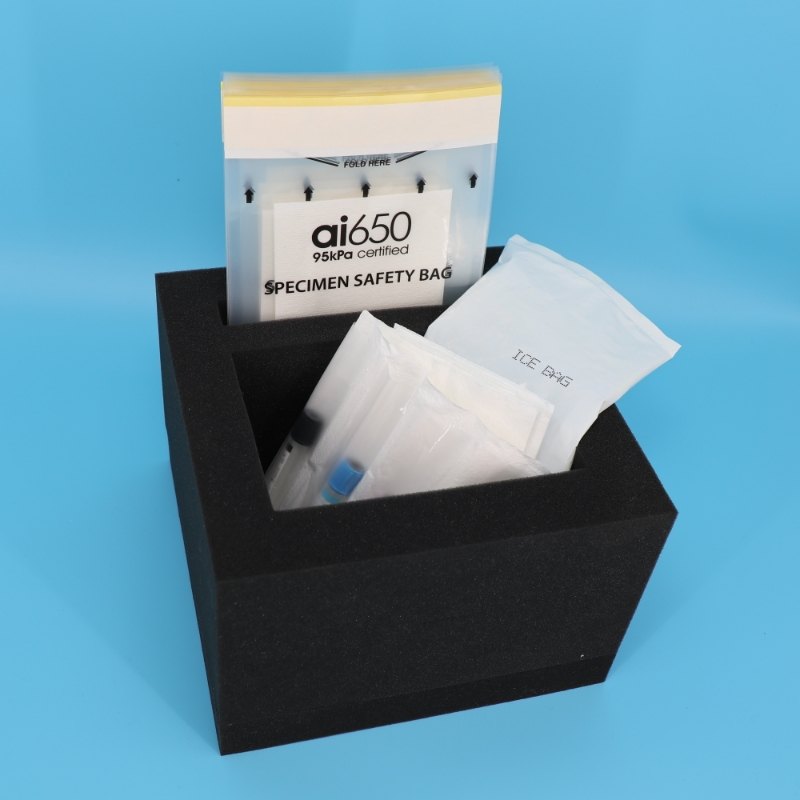Shipping Class 6.2 infectious substances is a critical task that requires strict adherence to international and national regulations to ensure safety, compliance, and the integrity of the samples. These materials, which include pathogens like viruses, bacteria, or toxins that can cause disease in humans or animals, fall under dangerous goods regulations. Mishandling them can lead to severe health risks, legal penalties, or logistical delays. Here’s a comprehensive guide to shipping these sensitive samples safely and legally.
1.Understand the Classification
Class 6.2 infectious substances are divided into two categories under the UN Dangerous Goods System:
Category A (UN 2814 or UN 2900): Substances capable of causing permanent disability, life-threatening illness, or death to humans (UN 2814) or animals (UN 2900). Examples: Ebola virus, SARS-CoV-2, or Bacillus anthracis.
Category B (UN 3373): Infectious substances that do not meet Category A criteria. Examples: clinical samples like blood or tissue for routine diagnostics.
Action Step: Confirm the classification of your sample using the WHO’s Guidance on Regulations for the Transport of Infectious Substances or consult safety data sheets (SDS).
2.Use Approved Packaging
Regulations mandate a triple-layer packaging system to prevent leaks and contamination:
Primary Container: A watertight, leak-proof receptacle (e.g., vial, tube) containing the sample. Seal with parafilm or cryovial locks. Absorbent material (e.g., paper towels) must surround the primary container if liquid.
Secondary Container: A durable, sealed container (e.g., plastic biohazard bag) to hold the primary container. Include additional absorbent material here if needed.
Outer Shipping Container: A rigid, UN-certified box (marked with “UN 6.2” specifications) designed to withstand pressure, temperature changes, and shocks. For Category A, use a UN 2814/UN 2900-certified package.
Pro Tip: For frozen samples, use dry ice (classified as UN 1845) and ensure the outer packaging is CO2-compatible and ventilated.
3.Labeling and Documentation
Accurate labeling and paperwork are non-negotiable:
Labels:
Category A: Apply “Infectious Substance, Affecting Humans/Animals” labels (UN 2814/2900) and a Class 6 hazard diamond.
Category B: Use the “Biological Substance, Category B” label (UN 3373).
Include orientation arrows, “Dry Ice” labels (if applicable), and shipper/consignee details.
Documentation:
Dangerous Goods Declaration (DGD): Required for air transport (IATA) or ground/sea (DOT/IMDG).
Shipping Manifest: List contents, quantities, and emergency contact information.
Permits: Some countries require import/export permits for infectious substances.
4.Choose a Certified Carrier
Not all couriers handle Class 6.2 substances. Partner with carriers trained in dangerous goods transport (e.g., FedEx, DHL, specialized medical logistics companies). For international shipments, verify compliance with IATA Dangerous Goods Regulations (DGR) and local laws.
5.Training Requirements
Only trained personnel may prepare or sign off on shipments. Certification programs (e.g., IATA DGR training) are mandatory for staff involved in packaging, labeling, or documentation. Refresher courses are required every two years.
6.Pre-Shipment Checks
Test packaging integrity with a mock shipment if possible.
Notify the recipient in advance to ensure prompt handling upon arrival.
Verify temperature requirements (e.g., dry ice quantity for 48-hour transit).
7.Emergency Response
Include an emergency response plan in documentation. Provide a 24/7 contact number for spills, leaks, or delays. For Category A spills, follow OSHA or CDC decontamination protocols.



